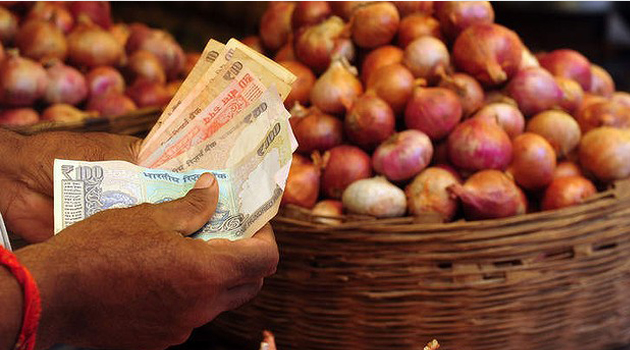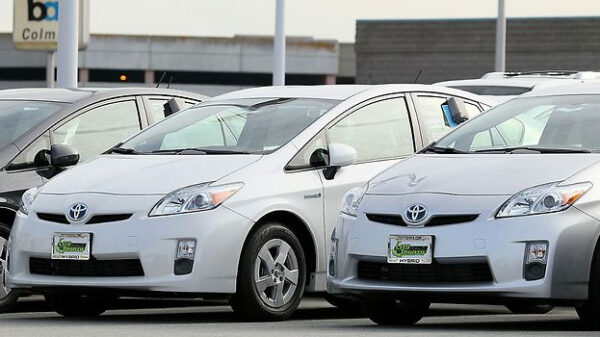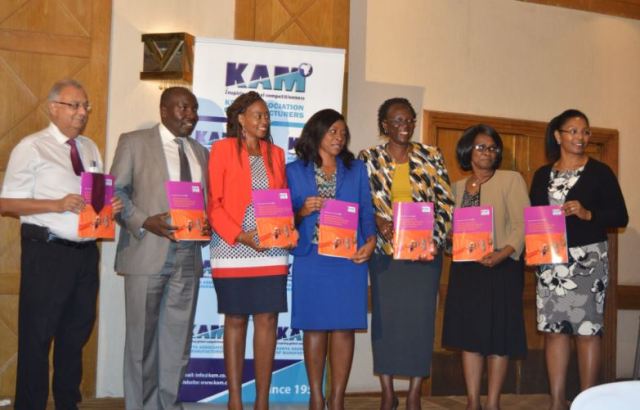NAIROBI, Kenya, Jan 30 – Manufacturers in Kenya have listed five priority areas to jump start a sector that has experienced a slump in the recent past, growing slower than the GDP since 2014.
At the top of the manufacturer’s agenda is a review of the regulatory policy framework that will support the sector under the devolved system.
Other focus areas unveiled by the Kenya Association of Manufacturers (KAM) include infrastructure expansion, enhancing local content, long-term financing access and SME expansion.
The priority areas, if pushed through, aims to increase the sector’s contribution to the GDP, spur job creation and increase foreign exchange earnings.
The manufacturing sector grew at a dismal rate of 1.9 percent in the last quarter of 2016 against a target of 8.7 percent set by the Vision 2030’s Medium-term Plan II.
“When compared to other rapidly industrialising nations, Kenya’s manufacturing sector growth rate is the lowest. Vietnam has grown at its highest ever rate in the last five years but it still falls short of Ethiopia which grew at 15.8 percent,” notes KAM’s 2017 Agenda report.
The report further says Kenya’s service-driven economic growth could lead to a jobless growth, “which is unsustainable in the long term.”
The Association’s Chief Executive Phyllis Wakiaga says creating and expanding markets locally and internationally remains a crucial factor to grow the country’s manufacturing output.
“We also want to see improved operational excellence within the sector and grow the number of manufacturers in the country,” says Wakiaga.
The turnaround plan comes as exports to the key EAC market declined by 23 percent, a factor that contributed to the dwindling manufacturing sector over the last two years.
The association says the Buy-Kenya, Build-Kenya policy through the preference and reservation regulations will tighten the 40 percent local content requiring the government to buy goods made in Kenya.




































